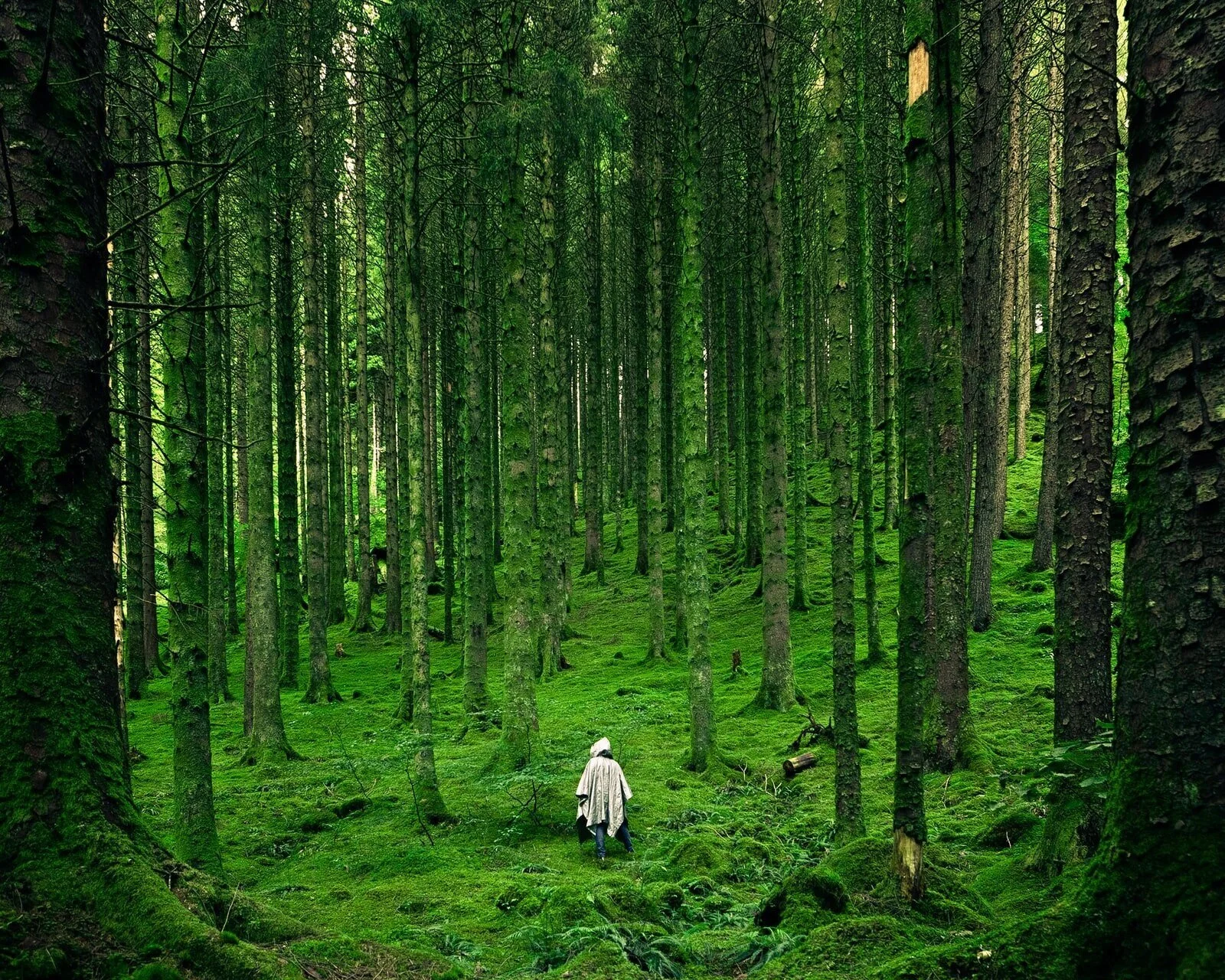Humans Impact Climate and Extinction of 1 Million Species
/UNITED NATIONS - The Intergovernmental Science-Policy Platform on Biodiversity and Ecosystem Services, which was established in 2012 by the United Nations Environment Programme and includes representatives from 132 countries release a report that humans are having an “unprecedented” and devastating effect on global biodiversity, with about 1 million animal and plant species now threatened with extinction.
WE SHOULD ACT NOW TO AVOID DIRE FUTURE, SCIENTISTS WARN.
Landfill in Danbury, Connecticut, by United Nations Photos
One hundred and forty-five expert environmental scientists took several studies to conclude that human activities are threatening the existence of living things like giant whales, plant species, and small flowers.
Robert Watson, the panel’s chair and a professor of environmental sciences at the University of East Anglia in the U.K., said evidence collected over the past five decades from roughly 15,000 scientific and government studies paints “an ominous picture. He said the decline in biodiversity is eroding “the foundations of our economies, livelihoods, food security, health and quality of life worldwide.”
Shrinking habitat, exploitation of natural resources, climate change and pollution are the main drivers of species loss and are threatening more than 40% of amphibians, 33% of coral reefs and over a third of all marine mammals with extinction, the report said.
The report emphasizes the disastrous impact of population growth and rising demand. It notes that the world’s population has more than doubled (from 3.7 to 7.6 billion) in the last 50 years, and gross domestic product per person is four times higher. More than a third of the world’s land and 75% of freshwater supplies are used for crop or livestock production, it noted.
In 2015, a third of marine stocks were being fished at unsustainable levels and the amount of raw timber being harvested has increased by almost half since 1970, with up to 15% of its cut illegally, according to the report with an average of 300-400 million tons of waste dumped into the world’s waters annually. Pollution entering coastal ecosystems has produced more than 400 ocean “dead zones,” totaling an area bigger than the United Kingdom. These areas are so starved of oxygen; they can barely support marine life.
With just 5,000 Eastern gorillas (Gorilla beringei) left on Earth, the majestic species now faces the risk of disappearing completely, officials said at the International Union for Conservation of Nature’s global conference in Honolulu. Four out of six of the Earth’s great apes are now critically endangered, “only one step away from going extinct,” including the Eastern Gorilla, Western Gorilla, Bornean Orangutan and Sumatran Orangutan, said the IUCN in an update to its Red List, the world’s most comprehensive inventory of plant and animal species.
Pandas status improved from “endangered” to “vulnerable” due to intensive conservation efforts by China.
Reprinted from HVY, permission granted by author, Malik Awan













